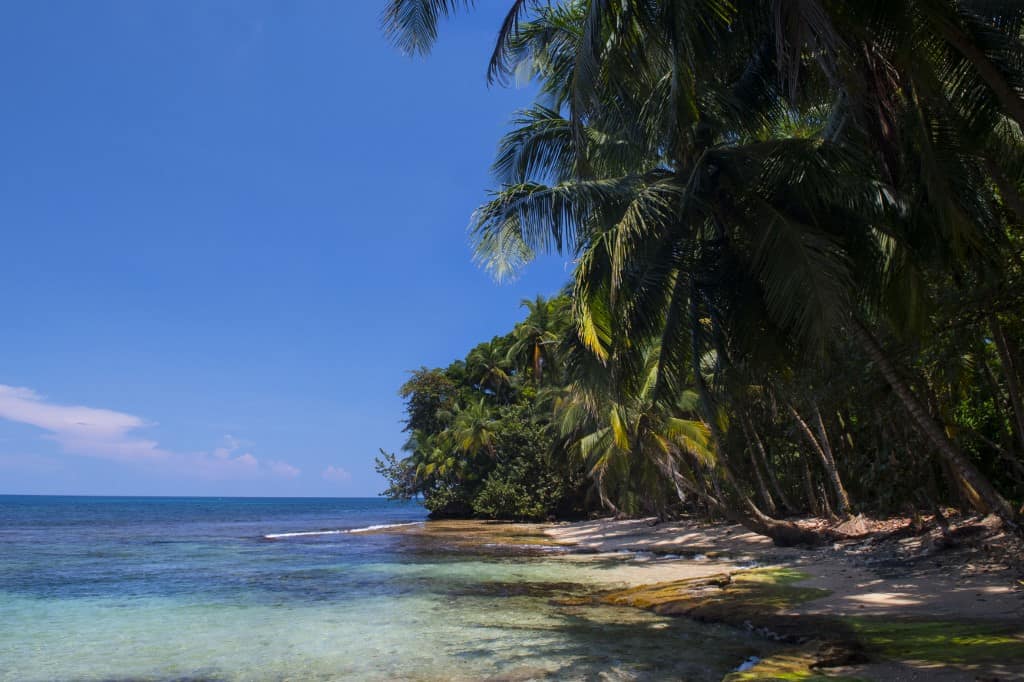Costa Rica’s reputation as an environmental leader is under scrutiny. A formal complaint filed by environmental lawyer Marco Levy has called for a criminal investigation into Minister of Environment and Energy Franz Tattenbach. The accusations? Prevarication, corruption, and favoritism that could harm the Gandoca-Manzanillo National Wildlife Refuge, a protected Ramsar site in Talamanca, Limón. This biodiverse gem, home to mangroves, flooded forests, and the Sixaola aquifer, is at the heart of a heated debate over development versus conservation.
Levy, representing the Association for the Development of Ecology, filed the complaint with the Attorney General, urging a probe into Tattenbach’s actions. The minister is accused of favoring the Puket real estate project, developed by Inversiones Puket S.A., within the refuge’s boundaries despite its protected status. The project’s history is troubling—back in 2011, the Environmental Administrative Tribunal flagged it for illegal logging, disrupting drainage patterns, and unauthorized construction on state-owned land. Yet, it’s moving forward, raising red flags among environmentalists.
At the center of the controversy is Guideline 09-2023, signed by Tattenbach. Critics say this directive greenlights urban development in protected areas without proper environmental impact assessments, directly benefiting projects like Puket. Levy argues it violates Costa Rica’s environmental laws and the precautionary principle, which prioritizes preventing harm to fragile ecosystems. He calls the guideline a “serious omission” that could amount to criminal conduct, especially since Tattenbach allegedly ignored known violations at the site.
The Gandoca-Manzanillo Refuge, designated a Ramsar site in 1995, protects critical habitats for species like yolillo and cativo, and supports local communities through its aquifer. But the complaint details illegal activities—land subdivision, forest-to-pasture conversion, and unauthorized buildings—all in the maritime-terrestrial zone managed by the National System of Conservation Areas (SINAC). These actions threaten the refuge’s ecosystems and Costa Rica’s commitments under the Ramsar Convention.
Public outcry is growing. Local reports highlight distrust in Tattenbach’s leadership, with some calling for his resignation over alleged attempts to manipulate protected area boundaries. The Constitutional Chamber’s March suspension of permits in the refuge was a win for conservationists, but Levy’s complaint pushes for accountability. As investigations unfold, the stakes are high for Costa Rica’s green legacy. Will the refuge stay a haven for wildlife, or will development take precedence?






